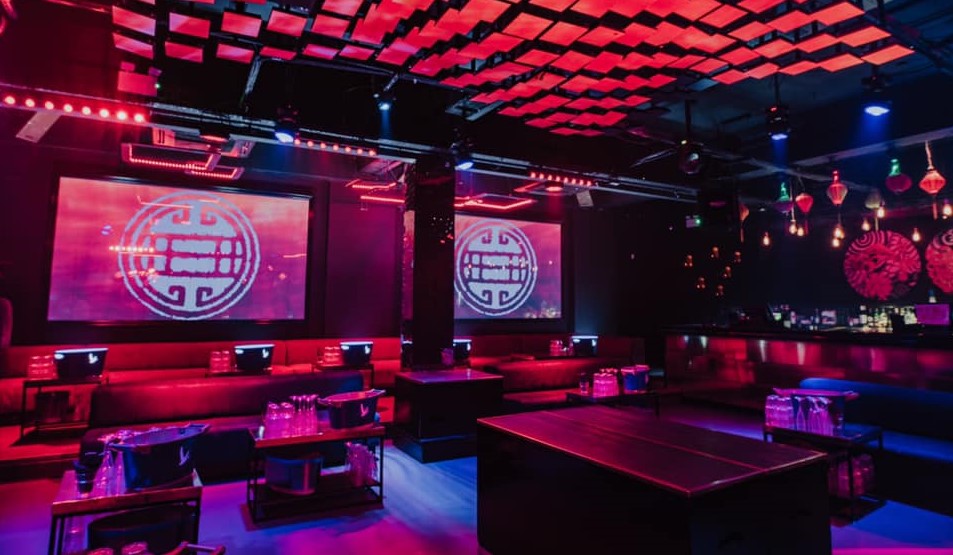LED screens are a significant investment, particularly if you are buying them in bulk for a business such as a retail or restaurant chain. Therefore it’s important to spend some time considering the features that will bring maximum impact and return on investment. Here’s a guide to help you make the right choice.
What will be the main purpose of the screens?
First of all, think about the primary uses for your LED screens. Businesses commonly use them for advertising and branding purposes, because they are highly visible and dynamic, and attract the attention of passersby. They can also be used for indoor displays, to convey information, provide product information, or for entertainment and atmosphere enhancement.
Decide if the screens will be used indoors or outdoors
If you want to place your screen outdoors, make sure that it is designed with the relevant specifications to withstand weather and environmental conditions. Screens for outdoor use should have a high IP rating (such as 65 or 67) which indicates they will be able to withstand moisture and dust exposure.
Outdoor screens also need to have high brightness levels so that they remain visible even in direct sunlight. Meanwhile, indoor screens can have lower brightness levels because they do not need to compete with the glare of the sun, and they can also be more lightweight and have a lower degree of water and dust resistance.
Getting the pitch perfect
The pixel pitch refers to the distance between the individual LEDs on a screen. The smaller the pixel pitch, the closer the LEDs are together, and therefore the sharper the image and the more intense the colours. This is referred to as a high resolution screen, which confusingly has a low pixel pitch.
These screens usually cost more due to the higher quality of the image. However, they are worth the investment if you want a screen capable of displaying crisp text that is easy to read, or crystal clear images that will reflect well on your brand. Typically, these screens will have a shorter viewing distance because the extra clarity will be lost at a greater distance.
If your screen will be mostly viewed at a distance, such as an outdoor billboard or stage backdrop, then a lower resolution screen with a higher pixel pitch may suffice.
Weigh up the viewing distance to get the right screen size
As well as pixel pitch, you should carefully research the optimum size of the screen. This will largely depend on the viewing distance.
If your screen is intended to be viewed from long distances of 30 metres or more, it is recommended that the screen is at least one metre high. Screens for indoor use with a closer viewing distance may be smaller. However, the screen size should not be considered in isolation, but alongside the brightness, resolution, pixel pitch, and viewing angle.
Customisable options
LED screens can be customised to suit specific needs and purposes. For example, transparent screens are ideal for shop window displays or for fixing to the sides of buildings to minimise the visual impact when the screen is not in use. The screens can also be curved to fit into particular spaces, allow better viewing capacity, or simply to create extra impact.
The screens can also be fitted to ceilings, floors, or even stair risers for an immersive experience.
Integration with existing technologies
LED screens can be integrated with your existing technology, such as content management systems and audio visual systems. This allows you to easily control the content of multiple screens from a central device without the need to manually update each screen.
You can also programme the content to automatically update or rotate to keep it fresh and relevant, or link it to other media such as TV news channels or social media platforms. Consider if you will need to invest in a new content management system, or if the screen is compatible with your existing software and network systems.
Installation and support services
To get the most out of your screen, it’s best to look for a company that provides installation services and ongoing technical support. This will mean that the screen is set up correctly, and you can ask for assistance to iron out any teething troubles. Also check for the warranties and guarantees available with your screen.

